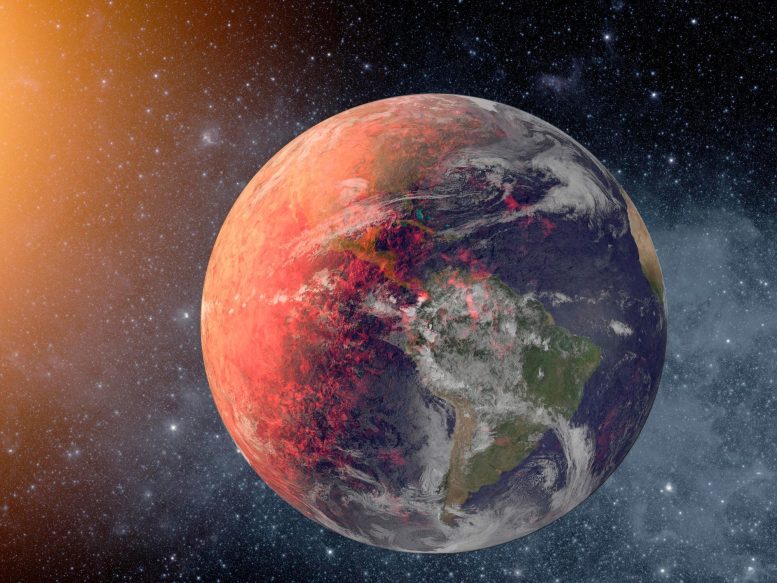
New research indicates that the frequency of flash droughts will increase globally due to climate change, with particularly pronounced impacts on North America and Europe. They warn that these abrupt drought events could intensify socioeconomic pressures related to food production due to increased crop losses, leading to higher prices and potential social unrest.
The swift onset of unexpected drought, known as flash drought, which can have a serious impact on both agricultural and ecological systems, is currently being studied by researchers at the University of Oklahoma. These sudden droughts can have far-reaching effects beyond their immediate area. The researchers aim to determine how the increasing global temperatures might influence the frequency of flash droughts and the associated risks to global crop fields.
Jordan Christian, a postdoctoral researcher, is the lead author of the study which was published in the Nature Communications Earth and Environment journal.
“In this study, projected changes in flash drought frequency and cropland risk from flash drought are quantified using global climate model simulations,” Christian said. “We find that flash drought occurrence is expected to increase globally among all scenarios, with the sharpest increases seen in scenarios with higher radiative forcing and greater fossil fuel usage.”
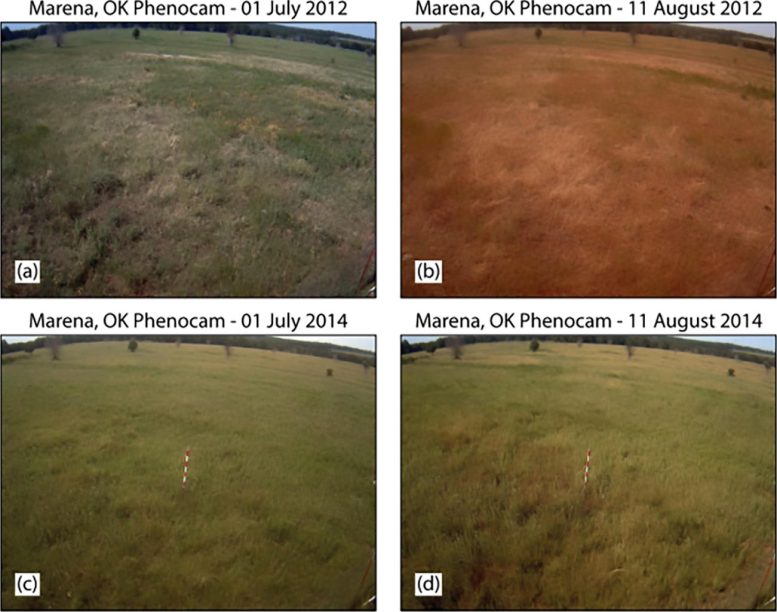
A figure showing the impact of a flash drought on a grassland in Oklahoma. The photos on the top row show the impact of the flash drought on the ecosystem compared with photos of the same area without flash drought impacts (bottom row). Credit: University of Oklahoma
Radiative forcing describes the imbalance of radiation where more radiation enters Earth’s atmosphere than leaves it. Like burning fossil fuels, these activities are among the most significant contributors to climate warming. The changing climate is expected to increase severe weather events from storms, flash flooding, flash droughts, and more.
“Flash drought risk over cropland is expected to increase globally, with the largest increases projected across North America and Europe,” Christian said.
“CMIP6 models projected a 1.5 times increase in the annual risk of flash droughts over croplands across North America by 2100, from the 2015 baseline of a 32% yearly risk in 2015 to 49% in 2100, while Europe is expected to have the largest increase in the most extreme emissions scenario (32% to 53%), a 1.7 times increase in annual risk,” he said.
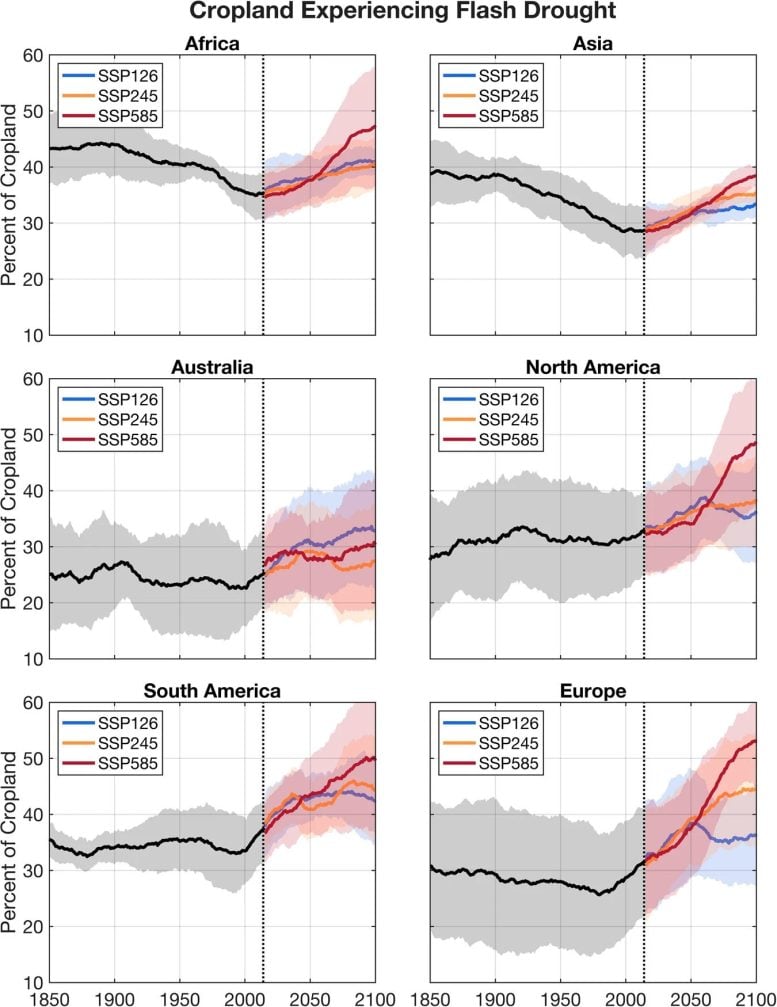
The multi-model mean of the yearly percentage of cropland experiencing flash drought over entire continents for the historical (black), SSP126 (blue), SSP245 (orange), and SSP585 (red) scenarios. A 30-year centered moving average is applied to each time series. The shaded regions indicate the variability (±1σ) among the 30-year centered moving averages between all six models for the corresponding historical and future scenarios. Credit: Global projections of flash drought show increased risk in a warming climate
Jeffrey Basara, an associate professor in the School of Meteorology in the College of Atmospheric and Geographic Sciences and the School of Civil Engineering and Environmental Sciences in the Gallogly College of Engineering, is Christian’s faculty advisor and study co-author. Basara is the executive associate director of the hydrology and water security program and leads OU’s Climate, Hydrology, Ecosystems, and Weather research group. The researchers have been investigating ways to improve flash drought identification and prediction since 2017, with multiple papers published in the Journal of Hydrometeorology, Environmental Research Letters and Nature Communications.
“This study continues to emphasize that agricultural producers, both domestic and abroad, will face increasing risks associated with water availability due to the rapid development of drought. As a result, socioeconomic pressures associated with food production, including higher prices and social unrest, will also increase when crop losses occur due to flash drought,” Basara said.
Reference: “Global projections of flash drought show increased risk in a warming climate” by Jordan I. Christian, Elinor R. Martin, Jeffrey B. Basara, Jason C. Furtado, Jason A. Otkin, Lauren E. L. Lowman, Eric D. Hunt, Vimal Mishra and Xiangming Xiao, 25 May 2023, Communications Earth & Environment.
DOI: 10.1038/s43247-023-00826-1


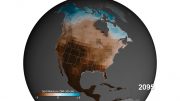
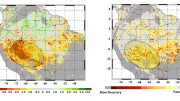



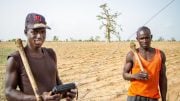

A new buzz word, used here twice in less than two months. It is, however, a poor choice as it isn’t really the antonym of a “flash flood.” A flash flood has no upper bound, being the result of anything from an unusually heavy rainfall, to the failure of a dam (natural or man-made) releasing a huge quantity of water in a very short time span, as evidenced by the “channeled scablands.” A drought, on the other hand, results from a reduction or cessation of precipitation, and has a lower bound — the absence of precipitation. Even in the case of an abrupt cessation, it will take some time for the soil to dry out and vegetation to die, depending on the type and depth of the soil, the type of bedrock, the height of the water table before the termination of rainfall, and the type of vegetation adapted to the former climate. However, even the Atacama Desert has some rain every few years, and plants suddenly bloom that were unsuspected to be present.
There is an all too common modern practice of trying to re-define things, using pejorative words, as a political tool. Many words have had their meanings changed through political activity in recent years. It is reprehensible as a practice to try to manipulate people. It has no place in science, which is supposed to be objective.
This is yet another study that depends on models and scenarios to predict a hypothetical future. The models, such as CMIP6, are not thoroughly vetted, and are generally thought to run too warm. They typically use, if not rely on entirely, the SSP5-8.5 (derived from RCP8.5) carbon dioxide high-emissions scenario, which has been shown to be improbable. Just once, I’d like to see someone make a good case for their hypothesis, based on empirical measurements, not models of questionable veracity.